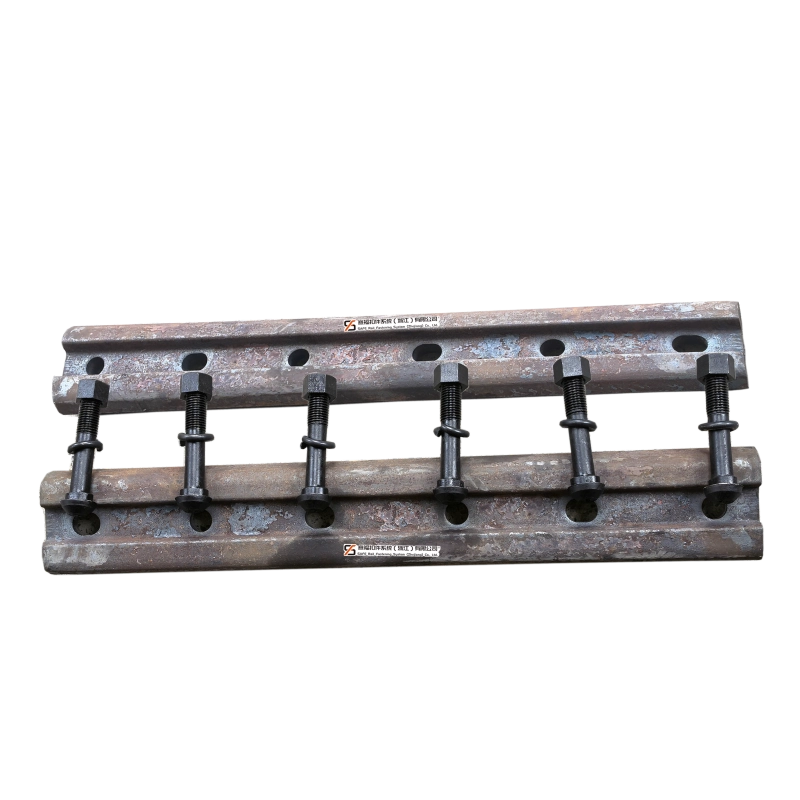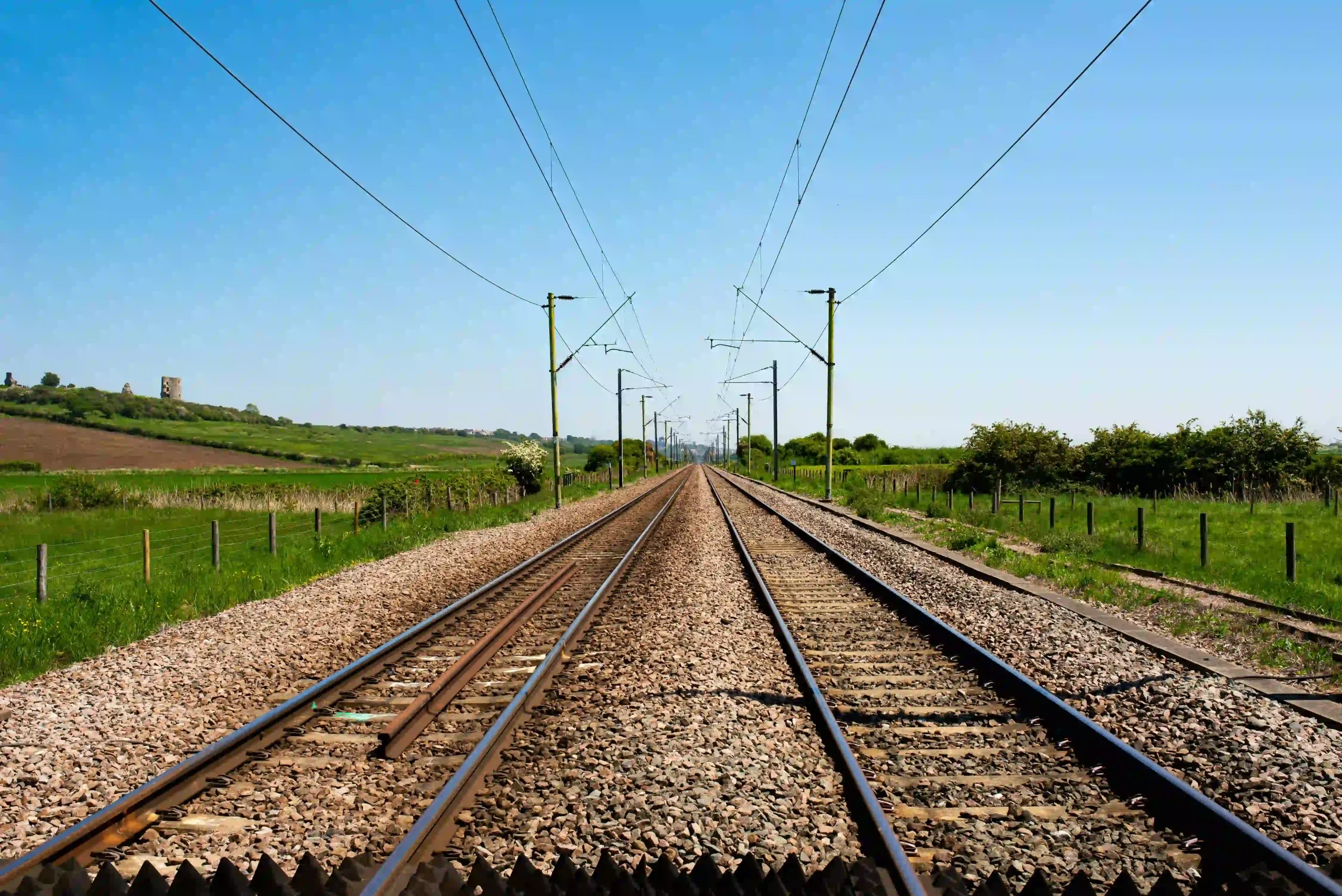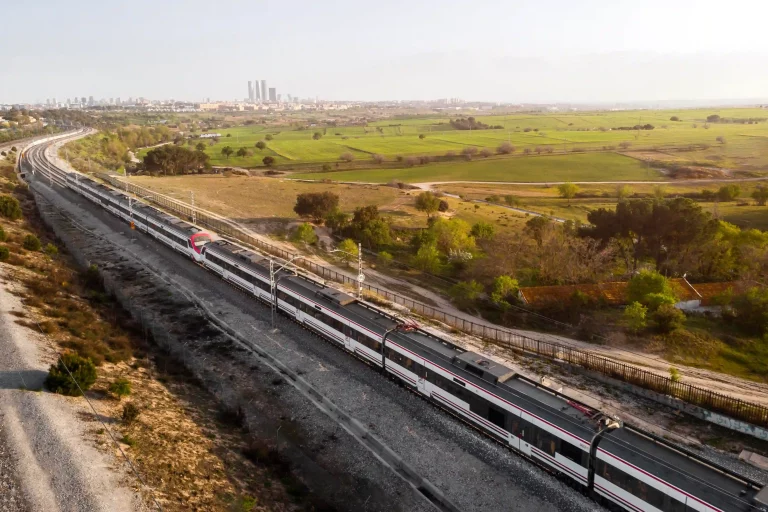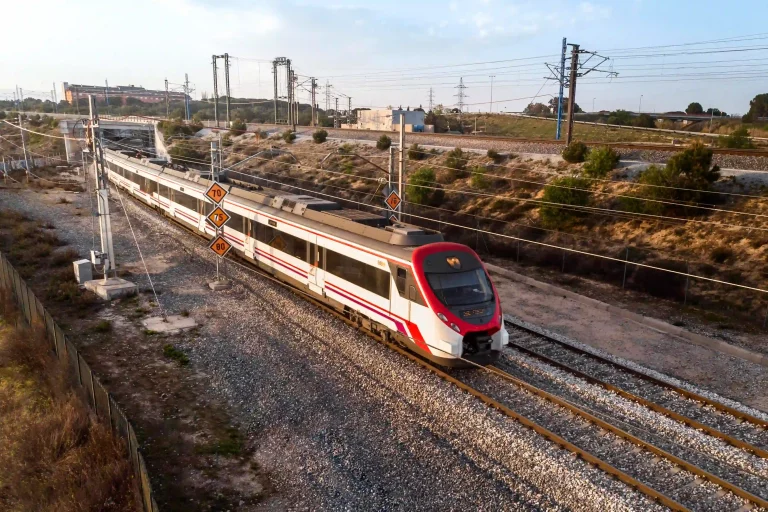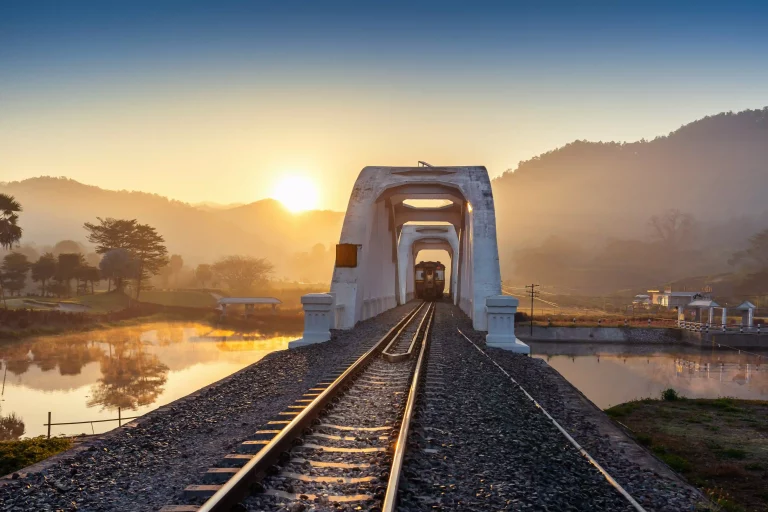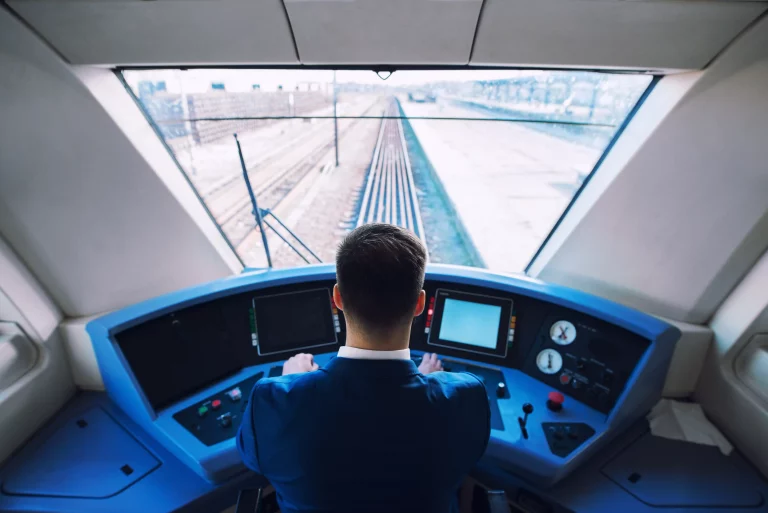Railway tracks rely on crucial elements like fish plates to remain secure and sturdy. These quiet guardians link rail ends together. They ensure train journeys stay smooth and safe. Curious about their role? This handbook delves deeply into fish plates in railway tracks. It covers their purpose, varieties, and care advice. Whether you oversee rail networks or simply enjoy trains, we’ve got answers for you. Let’s begin the journey!
Understanding Fish Plates in Railway Systems
Fish plates serve as the core of track steadiness. Let’s unpack what they are. And let’s see why they’re important to folks like you.
What Are Fish Plates?
Fish plates are robust metal fasteners bolted to rail joints. They keep tracks lined up and fixed. This prevents shifts that might throw trains off course. Back in the 1800s, they replaced dangerous joining tricks. Think of ropes or frail welds. Those often broke under hefty loads. Now, fish plates in railway tracks are a benchmark for safety and trustworthiness. You’ll spot them on cargo routes, commuter paths, and even city metro lines.
Key Components of Fish Plates
A fish plate isn’t merely a lump of steel. It’s a finely made item. It has bolt holes for attachment. Its curved edge fits tightly around rails. Often, it boasts a heat-strengthened surface for toughness. Some feature insulation layers for powered tracks. These pieces team up. They keep your rail setup strong.
How Do Fish Plates Work?
Fish plates don’t just sit there—they perform critical jobs. Here’s how they keep your railway humming.
Mechanical Functions
- Load Sharing: Fish plates distribute a train’s burden across joints. This stops rails from twisting or breaking. Tons of steel roll past, yet the tracks hold firm.
- Heat Movement Control: Rails stretch in warmth and shrink in chill. Fish plates permit small, managed shifts. This avoids warping or splits in the line.
- Shake Reduction: They soak up bumps from passing trains. That lowers racket. Plus, it blocks wear cracks that might harm tracks over time.
For rail managers like you, fish plates in railway tracks mean fewer delays. They also promise safer trips.
Installation Process
Fitting fish plates is simple yet exact. Here’s the scoop:
- Prep Rail Ends: Clear away grime or rust. A clean fit is tight.
- Set Fish Plates: Place them on each side of the rail joint. Match the bolt holes up.
- Add Bolts: Push bolts in with spring washers. These handle shakes well.
- Tighten Down: Crank to 300-400 Nm with a tuned wrench. Adjust for rail size.
Do it correctly, and rails lock in place. Peek at SAFE’s fish plates for prime picks.
Common Failure Modes
Fish plates can stumble. Watch for these snags:
| Problem | Reason | Fix |
| Bolt Slackening | Shaking | Frequent tighten-ups |
| Rusting | Wetness | Coated protection |
| Split Plate | Too much weight or age | Sound wave checks |
Catch these soon. Your tracks will glide along nicely.
Types of Fish Plates
Fish plates vary to fit different rails. Let’s check out the main kinds you’ll see.
Standard Fish Plates
These are the trusty champs for flat-bottom rails, like AREMA 115RE. They span 200-600mm long and 20-30mm thick. They’re made to take normal loads. Ideal for most cargo or rider lines, they’re a solid go-to. SAFE’s metal fish plates nail this type spot-on.
Compromise Fish Plates
Have rails of uneven heights or shapes? Compromise fish plates fill the space. They shine when you update old tracks to fresh ones. They make the switch smooth. No big redo needed. They’re a clever patch for mixed rail setups.
Insulated Fish Plates
For powered tracks—like metros or fast lines—insulated fish plates stand out. They use nylon or fiberglass. These block stray currents. That stops signal mix-ups that might slow trains. They’re key for modern city rail webs.
Maintenance and Safety Best Practices
Keeping fish plates sharp is crucial for rail safety. Here’s how to manage it well.
Inspection Frequency
How often should you look? It depends on bustle:
| Rail Traffic Level | Check Timing |
| Heavy (50+ trains/day) | Weekly |
| Middle (10-50 trains) | Monthly |
| Light (<10 trains) | Every three months |
Crowded lines need regular peeks at fish plates in railway tracks. This nabs troubles fast.
Replacement Criteria
Switch out fish plates when you spot:
- Clear Cracks or Curves: Any damage sign is bad news.
- Bolt Hole Growth >2mm: It weakens the clasp.
- Rust Over 10% Area: It hints at decay danger.
Swap them early. You’ll dodge bigger woes. SAFE’s rail fastening systems give lasting swaps.
SAFE: Your Trusted Rail Fastening System Supplier
For fish plates, SAFE offers top-notch quality. Here’s why they’re your rail ally.
About SAFE
SAFE, a top Chinese rail fastening system provider, has built rail parts since 2008. They focus on accuracy and trust. They hold badges like ISO 9001, EN 13674-1, and ASTM A706. These meet world norms. Their Suzhou plant pumps out fish plates and more. It serves rail grids globally with dependable stuff.
Why Choose SAFE Fish Plates?
- Prime Stuff: High-quality steel fights wear and storms.
- Tailored Shape: Fits all rail types, from AREMA to UIC.
- Strict Tests: Each lot passes strength and rust trials.
- Swift Shipping: Worldwide delivery keeps your work on pace.
For fish plates in railway tracks, SAFE’s WJ-8 fastening system shines bright.
FAQs About Fish Plates in Railway Tracks
Got queries? Here’s what rail buffs and pros often ask about fish plates in railway tracks:
Q1: Why are fish plates called “fish plates”?
Their name ties to their fishy form. They’re curved and narrow, like a fish’s frame. This shape grips rail ends tight.
Q2: Can plastic fish plates replace steel ones?
Not entirely. Plastic or mixed versions suit insulated spots on powered tracks. Yet, steel’s power beats them for big loads.
Q3: How long do fish plates hold up?
With good care, steel fish plates last 20-30 years. Rough weather or heavy use might cut this to 10-15 years.
Q4: What happens if fish plates flop?
A flop can throw rails off line. This leads to shakes or derailments. Steady checks stop this mess.
Upgrade Your Rail Infrastructure with SAFE Today!
Fish plates in railway tracks are tiny yet mighty. They keep your rails safe and stable. This guide has led you through their job, kinds, and upkeep. Now, you’re set to keep your system chugging. Want the best fish plates out there? Hit SAFE’s homepage or browse their fish plate lineup. Reach SAFE today—boost your rails and roll with ease!




